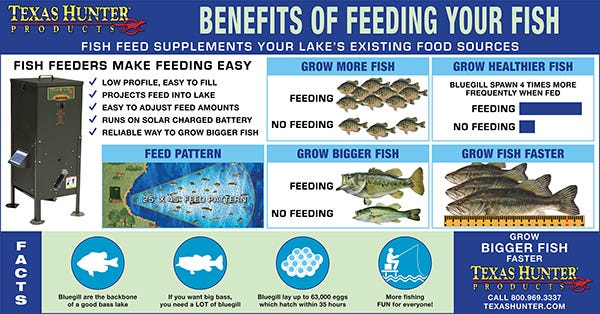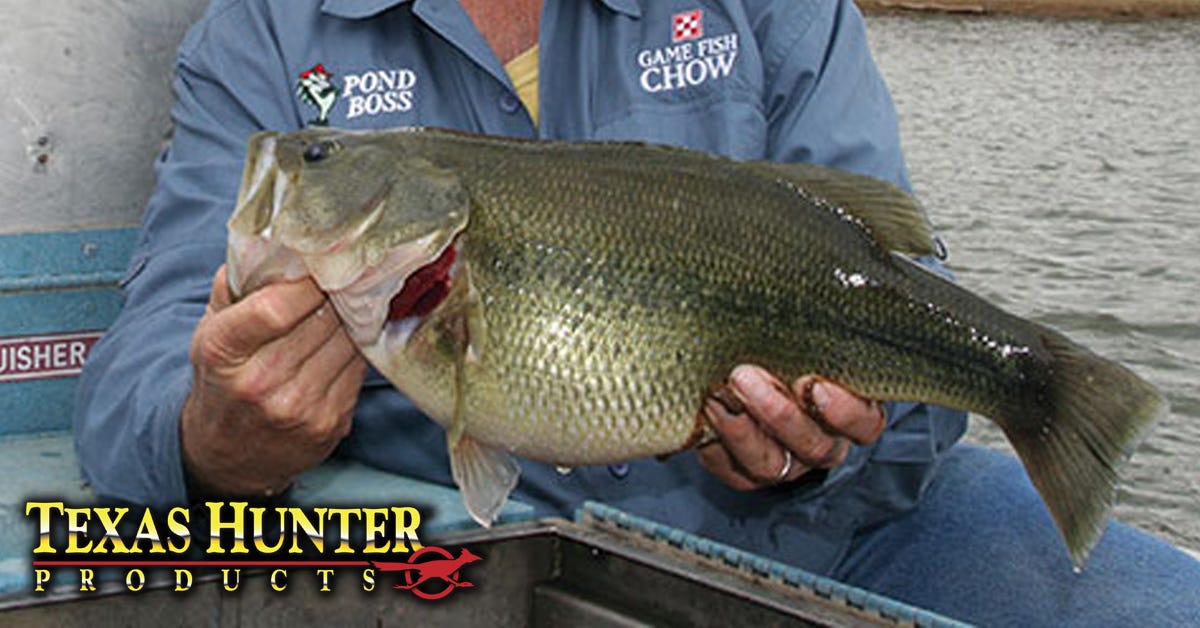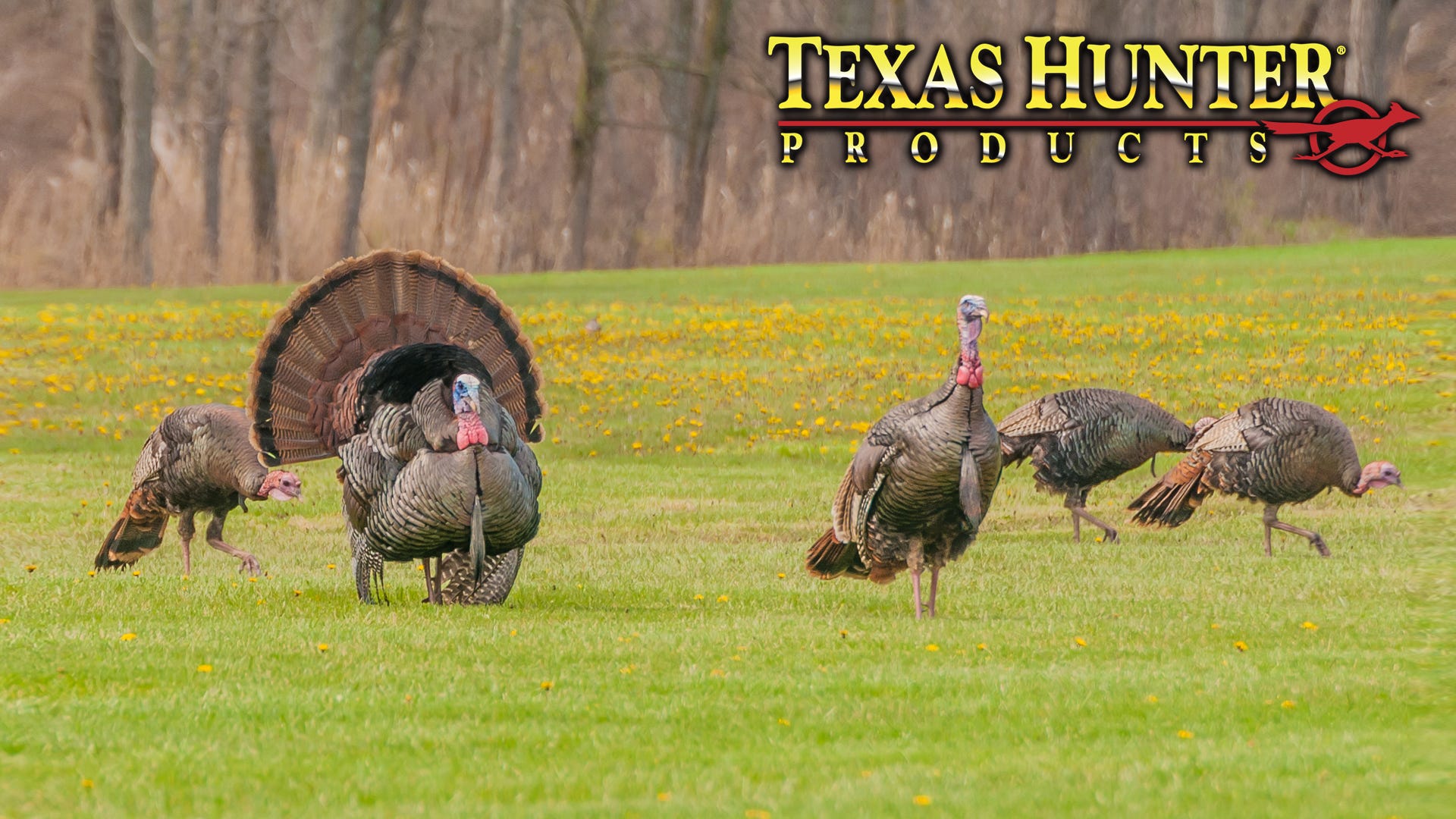- Oct 5, 2020
Expectations of Fall Ponds
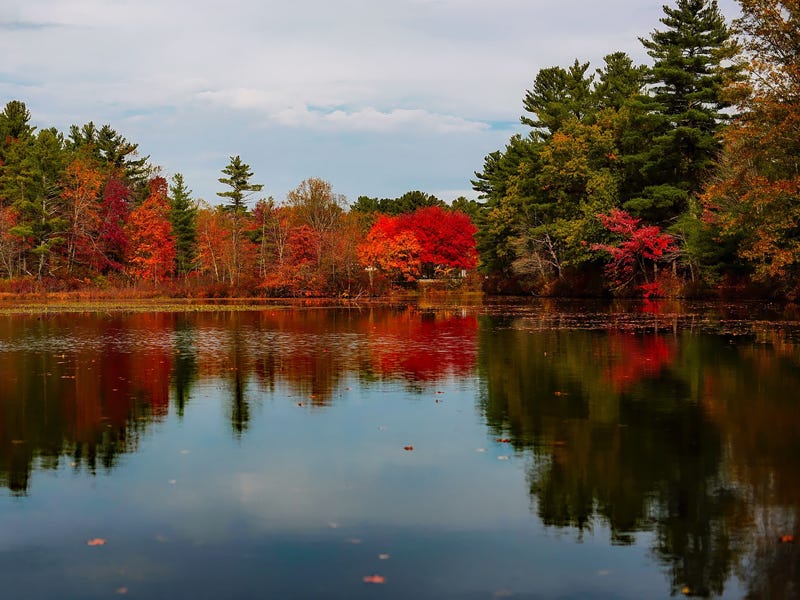
Courtesy of PondBoss
Finally! Fall has arrived! That’s my favorite season of the year. We’ve made it through the hottest summer, and nothing tops watching nature as it prepares for its annual winter rest. Or, is it respite?
Learning about your ponds and lakes involves understanding how the seasons impact and affect what goes on under the water.
Ponds respond. Always have, always will. They react to stimuli, actions, and events. As the days grow shorter and the Earth tilts on its axis, temperatures drop. Shorter photoperiod and falling temperatures trigger behaviors in your pond.
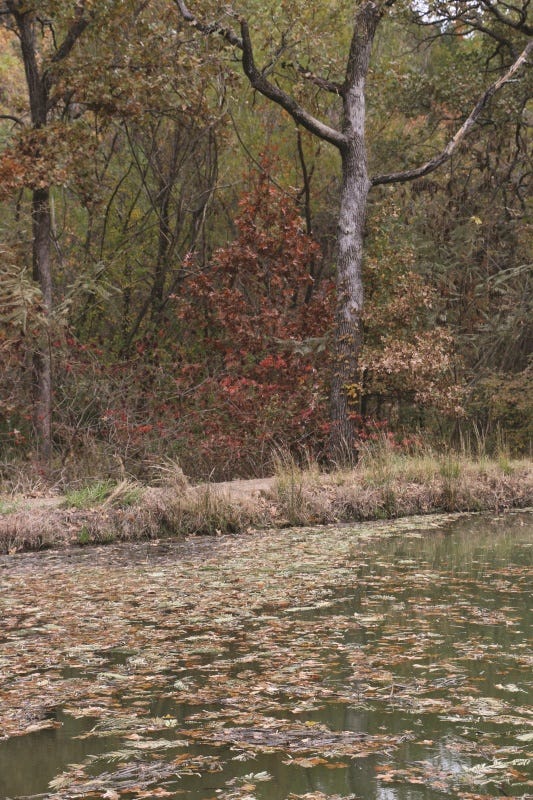
With less sunlight time and cooler water, your aquatic plant growth begins to shift. Cattails are dying back, releasing their seeds to ensure the spreading of their own kind. Pondweeds slow down and start to fall toward the bottom, not totally dormant, but at rest in their own ways. Filamentous algae ebbs and flows, ready to respond with new growth at a hint of warmer weather. Insect nymphs emerge, finish their magical metamorphosis, and do what they need to do to set their own stage for winter.
As your pond’s water cools, its properties change. Cooler water is denser and can absorb and hold more oxygen. Organic matter on the bottom takes advantage of any opportunity to continue decomposition and the release of its elements, compounds, and gases into your water. Living entities in the water column finish their lives—phytoplankton feeds zooplankton, which feeds insects, and on up the food ladder. When water temperatures drop, remaining plankton disappears, either consumed or dying, and falls to the bottom for recycling.
Fish behavior adjusts as well. This time of year, post-spawn and young of the year that have made it this far now have some size and substance, becoming the high point of the food chain. Plus, because the temperatures are at their peak for cold-blooded fish movement, nature gives fish an innate instinct to feed and put on some fat to help get through the winter, the bigger fish instinctively feed and put on weight.
Trees around the pond will soon, if not already, be giving up their leaves. You’ll see mats of leaves floating to the edge with the breeze. If not raked out and removed, those leaves will soak up, sink, and become part of that organic matter your water has to process.
With fall, we’re thinking about football games, hunting season, and the holidays ahead. Be sure to think about your pond and what you should do to help prepare it for winter.
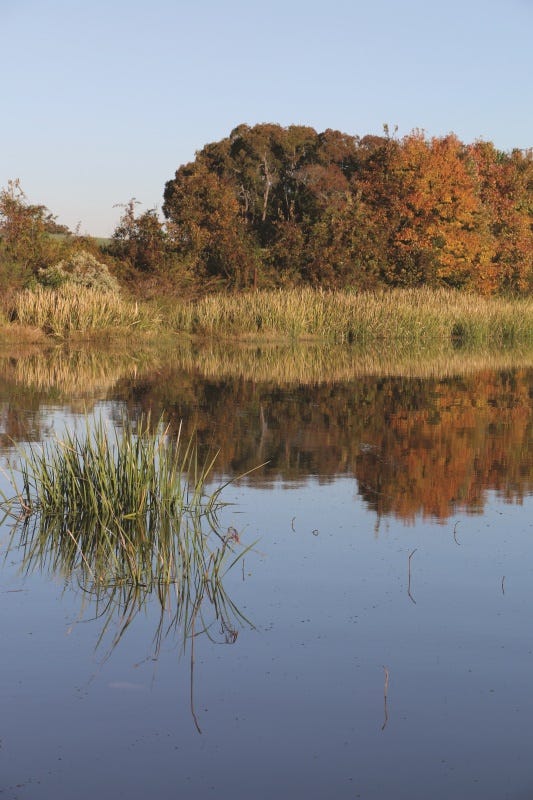
Obvious tasks are to take care of your equipment. Follow manufacturer’s recommendations to take care of aeration systems, rebuild kits, and air filters. Check out your feeders. Keep them doing their jobs until the fish obviously stop feeding. For you who want to continue growing big bluegills, cut your feeder back, but not off. For you who finish feeding, let the feeder run empty and store your battery for next spring. Winterize outboard boat motors, make sure any of your pumps don’t have water in the impellors, and there’s no water left in well lines coming to the pond.
Pay attention to your fish, too. If your pond is normal, expect to have different size classes of fish that will be a little bit short of food right now. It’s normal for some sizes of different fish to overcrowd and overeat their food chain. This time of year, the more aggressive pondmeisters ask for an electrofishing survey to see how well their fishery performed over the season and to verify gaps in the food chain. Plus, electrofishing is a valuable selective harvest tool this time of year. If you weren’t able to harvest as many fish as you wanted, fall is a good time to do that.
Part of that fishery management strategy for some ardent pondmeisters is to stock additional forage fish. Right now is a time to find some of the best fish deals out there. Many of the bigger fish farms and hatcheries are looking to sell some of their crops so they don’t have to carry it over through winter. Because of that, some good deals can be had, as long as you buy in volume. Talk that over with your fisheries consultant. Oh, and the big fish farms close down before Thanksgiving and don’t reopen until after the first of the year to give workers holiday time and a chance to go hunting. Keep that in mind if you want to buy any volume of fish.
People focused on giving their bass a big advantage this time of year will buy and stock rainbow trout fingerlings, or advanced fingerlings, specifically to feed certain sizes of their favorite fish. Others buy trout for wintertime fishing fun.
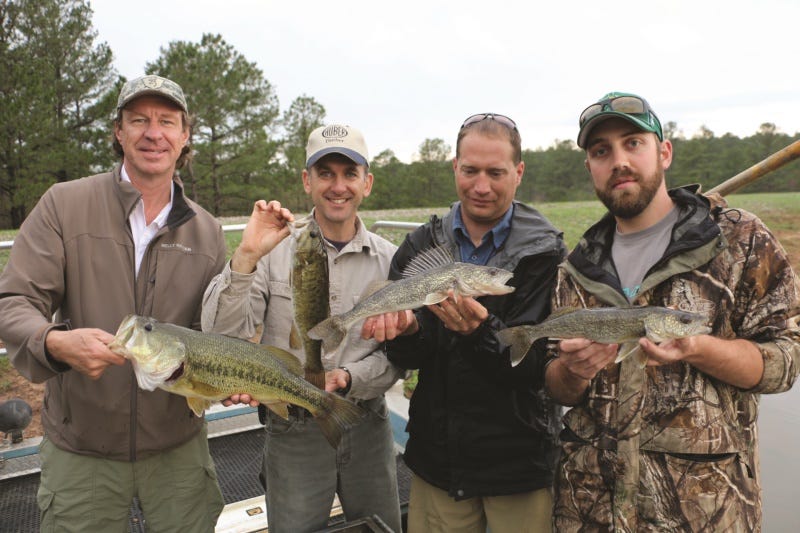
The biggest thing to focus on during fall months leading into winter is to observe pond activity. Watch your pond. Don’t just sit back and forget about it. Enjoy time spent, but look for clues of change. Watch the plants fade. See your fish feed at the feeder. Look for predator activity, especially birds like cormorants and pelicans. Watch for muddy slides coming into your pond. Otters have become quite the nuisance for pond owners regionally. They’ll eat lots of your fish if you aren’t on point.
Fall is a great season, and it’s a key time of the year to pay close attention to your pond. For about two months, as some activity diminishes, fish and predator activity increases. When you are aware, you can manage things to your pond’s advantage.
Browse our selection of fish feeders for ponds and lakes, visit our blog for more helpful information about fish stocking and building a fish feeding program. Contact us today to find a lake management company near you, and to learn more about Texas Hunter fish feeders.


